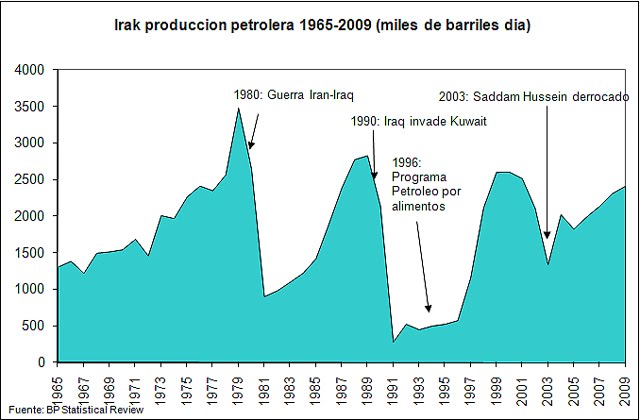(This article was originally published in Spanish in Cotizalia.com)
Today I am writing from Rio de Janeiro, and while reviewing some news of the week, I am struck by the following: Jim Cramer recommends buying a bank, Santander, for their exposure to Brazil. Without questioning the merits of the financial institution as a stock, the first thing that comes to mind is: if you want to buy something, do not do it with hybrids. And I agree. It seems obvious to say but if you want to buy Brazil, buy Brazil directly. And there are many reasons to invest in the country: an expected increase of 5% of GDP, energy demand increase of 6% per annum, … And oil, a lot of oil. 14 Billion barrels in proven reserves and in the Santos basin, almost 7 billion barrels of resources, some of the largest discoveries of the decade.
On one side we have Petrobras, with increases of 6% p.a. in production. Petrobras also offers very competitive costs (average cost $ 13/bbl total F&D). However, it suffers from the forthcoming $55bn capital increase and, as Shell or Conoco, also suffers from the discount of large business conglomerates. It is cheap, but its huge investment needs in diversified businesses weigh on their return on capital employed.
Therefore, if you are interested in the almost 7 billion barrel discoveries in Brazil I would encourage you to analyze the two companies that offer absolute exposure in this area: Lupatech and OGX.
The first, Lupatech, as priority local oil services firm for Petrobras, is the great beneficiary of the investment needed to develop the discovered fields. It has an attractive balance sheet, expected growth of 12-15% and higher margins than their European competitors. And remember that Brazil needs to monetize quickly these discoveries, since the government sold in the last ten years oil concessions for a price of $1bn that today are worth approximately $50bn.
The second company, OGX, specialized in exploration, bought at 20 cents per barrel fields that seemed unproductive and nobody wanted and that have proven to contain at least 2.5 billion barrels recoverable, an amount that could be expanded to 7 bn as shown by the 3D seismic exploratory studies, which so far have been successful. OGX has $ 1.5 billion of cash to fund the exploration program of its five fields. And instead of gearing up to develop these reserves, with estimated costs of $ 14/barrel given that they are all shallow water finds, OGX is likely going to sell minority stakes to other investors. From a conservative standpoint, these 2.5 billion barrels could be worth between $10 and $ 12/barrel.
Brazil also offers opportunities in the electricity sector, which expects to increase its installed capacity from 102 GW to 153 in 8 years. 85% of generation is hydro while domestically produced natural gas will play a key role in the future. The sector delivers low-cost production and margin expansion as prices for electricity are higher than the Europeans (by more than 15%), also offering dividend yields above 6 -7%. There are more opportunities for low risk, high yield than the market would normally expect from an emerging country.
The Olympics and oil will be two factors to contribute to a dramatic growth in infrastructure investments. And energy companies are the major beneficiaries of this momentum. It is worth looking at Brazil in detail.
